Myrtle oak (Quercus myrtifolia) is a small, evergreen tree native to the dry, sandy soils of the Southeastern United States. Typically reaching heights of 10 to 20 feet, it features a rounded crown and leathery, shiny leaves that are oblong with smooth edges, resembling those of a myrtle plant. This hardy species thrives in poor soils and challenging conditions, showcasing its remarkable adaptability.
In addition to its ornamental value, myrtle oak produces acorns that serve as a vital food source for wildlife, further enhancing its role in natural ecosystems. Its resilience and ability to flourish in less-than-ideal environments make it an excellent choice for gardeners seeking a low-maintenance tree suited to warmer climates.
| Common name | Myrtle Oak |
| Botanical name | Quercus myrtifolia |
| Family | Fagaceae |
| Species | myrtifolia |
| Origin | Southeastern U.S.A. |
| Life cycle | Woody |
| Plant type | Tree |
| Hardiness zone | 8, 9, 10 |
| Sunlight | Full Sun |
| Maintenance | Low |
| Drainage | Occasionally Dry |
| Growth rate | Slow |
| Harvest time | Fall |
| Flowering period | Spring |
| Height | 15 ft. – 20 ft. |
| Fruit color | Brown, Copper |
| Stem color | Brown, Copper |
| Fruit type | Nut |
| Uses | Coastal |
I. Appearance and Characteristics
Quercus myrtifolia, the myrtle oak, is a North American species of oak. It is native to the southeastern United States (Mississippi, Alabama, Florida, Georgia, South Carolina). It is often found in coastal areas on sandy soils.
This plant was first identified by Carl Ludwig von Willdenow. Some synonyms for Quercus myrtifolia are Quercus nitida, Quercus aquatica var. myrtifolia, Quercus myrtifolia f. ampla, Quercus phellos var. arenaria, and Quercus phellos var. myrtifolia. The common name is the Myrtle Oak.

The Myrtle Oak often grows as a shrub, but can also take the form of a tree. In maturity it grows to 15-20 feet tall and 8-10 feet wide. It is considered a red oak. The leaves are simple alternate. They appear dark green with a yellow-green underside. The leaves have a leathery texture, and an obovate shape. There are small hairs on the underside of the leaves. The acorns are about 1/2″ long, and mature in 18 months. Small green flowers bloom in April-May.
It has a gray smooth stem that furrows in maturity. Twigs can be reddish brown when they are younger. A commonly associated oak of Q. myrtifolia is Quercus geminata. However, the leaf of Q. geminata is a narrow elliptic shape and has a wrinkled appearance. Quercus myrtifolia also grows better in shaded and upper dune environments.
The Myrtle Oak can be used as an accent plant in garden settings. Despite this it is rarely available in nurseries. If growing a Myrtle Oak one should plant in full sun and well drained soil. It is very drought resistant. If it is planted outside it should be protected from pests, and buried at a depth equal to the diameter of the acorn.
II. How to Grow and Care
Sunlight
Myrtle oak should be planted in a field with full sun. It gives shade, shady plants can be planted under it.
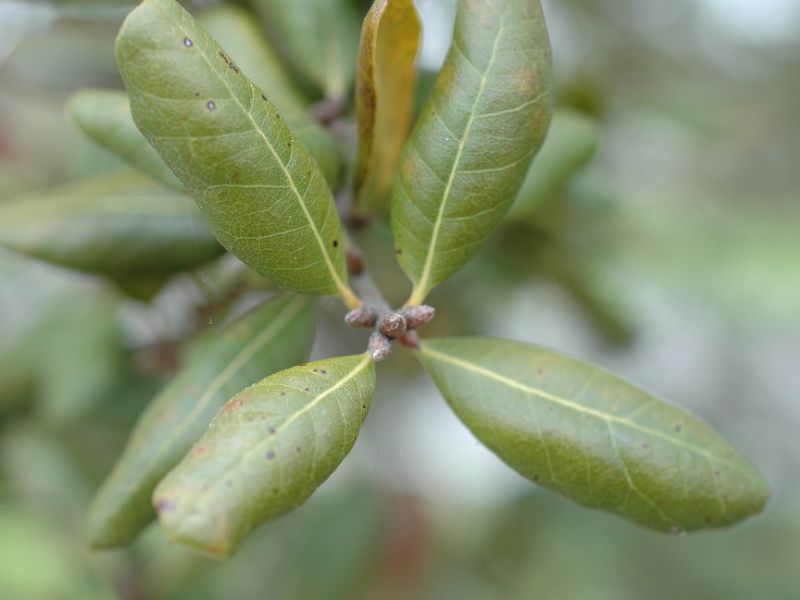
Temperature
Myrtle oak grows in a large range of temperatures. It is adaptable in hardiness zones 5-9.It prefers well drained soil with adequate ventilation in the tree canopy. Myrtle oak will not do well in standing water. Also, leaf molds pose serious threats if the leaves cannot dry out in the wind. So make sure they are not stuck against buildings where rainwater may drain.
Watering
Keep soil moist but well drained. Oaks form a taproot and will draw moisture up from below. So make sure there is humid soil if you dig down a few inches, but do not flood the topsoil. Reducing summer water apply will make myrtle oak more healthy, they tolerate summer dry spells very well.
Soil
Ideal soils are well-drained loam, sandy-loam, or sandy-clay soils. Some alluvial fan areas and silts harbor good oaks stands. The key in all of these is that the soil is well-drained. Standing water cannot be tolerated by oaks.
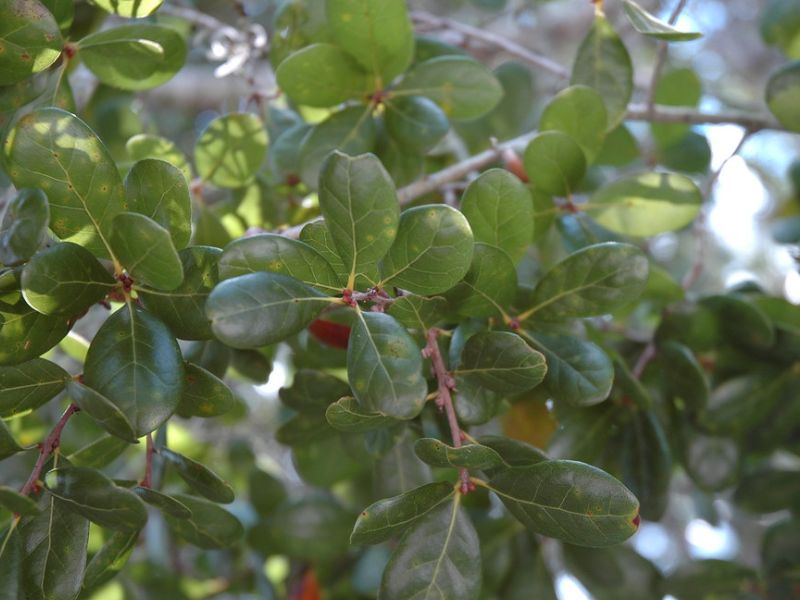
Fertilizing
Myrtle oak can survive and thrive without supplemental fertilization. But if you wish to give them extra nutrients you can add some of 12-6-6 (N-P-K) fertilizer. This has more of a ratio of nitrogen than phosphorus and potassium. Also, consider the natural environment of oaks. They grow where there is lots of forest litter.
This forest litter acts as natural mulch that breaks down into organic matter and humus. So one way to give some natural nutrition is to spread mulch by your oak trees. They will love the extra organic matter.
Planting Instructions
It may takes a very long time if you want to get a mature oak tree from an acorn. But with patience, planting a small tree is still fun. Be sure to kill weevil larvae by soaking the acorns in 41 ℃ water for 30 minutes, stratify in moist sand in the refrigerator (not freezer), and plant in the springtime.

Pruning
Branches should be pruned to avoid moist pockets or where heavy branches may fall on people or buildings. Avoid having branches that grow with leaves tight together or pressed against buildings. If rain collects in these pockets then molds and fungi can attack. Myrtle oak love having their leaves dry out in a well ventilated breeze.
To ensure that no danger occurs from the brittle hardwood branches, make sure that heavy branches do not hang over walking paths or outbuildings. Also, do not let children play near oaks in a thunderstorm as they are susceptible to falling branches and lightning strikes.
Pests and Diseases
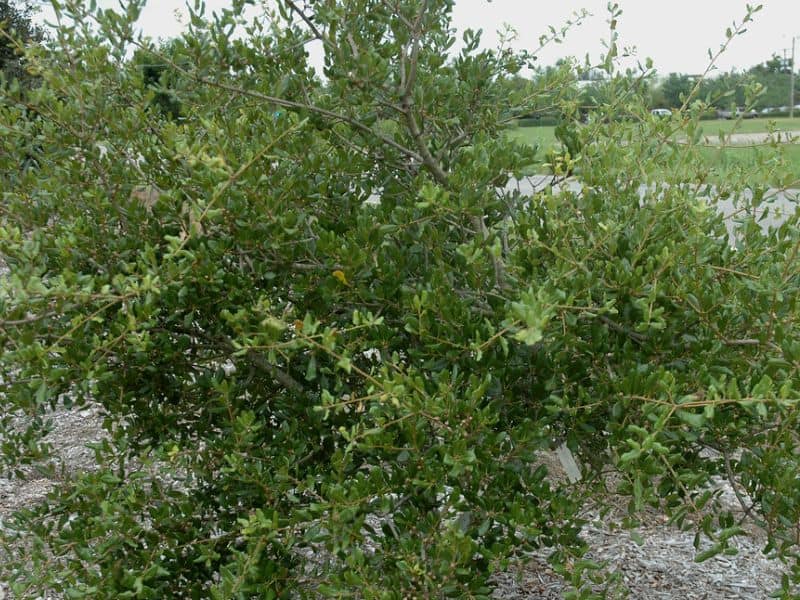
A variety of insects feed on the Myrtle Oak including oak skeletonizer, leaf miner, galls, oak lace bugs, borers, and caterpillars. Burrowing beach mice threaten acorns even when protected by cages. Hibiscus mealybugs are also known to host in the tree. Like all oaks, Quercus myrtifolia is susceptible to oak wilt. Seeds with holes in them may be infested with weevils.
Find Where to Buy the Best Myrtle Oak (Quercus myrtifolia)

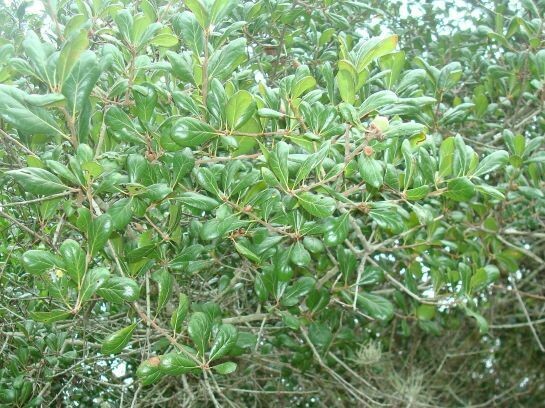



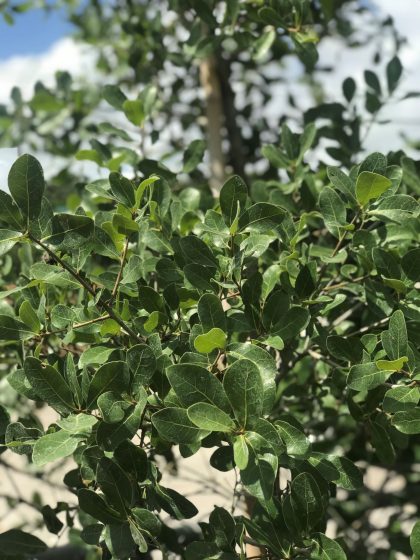

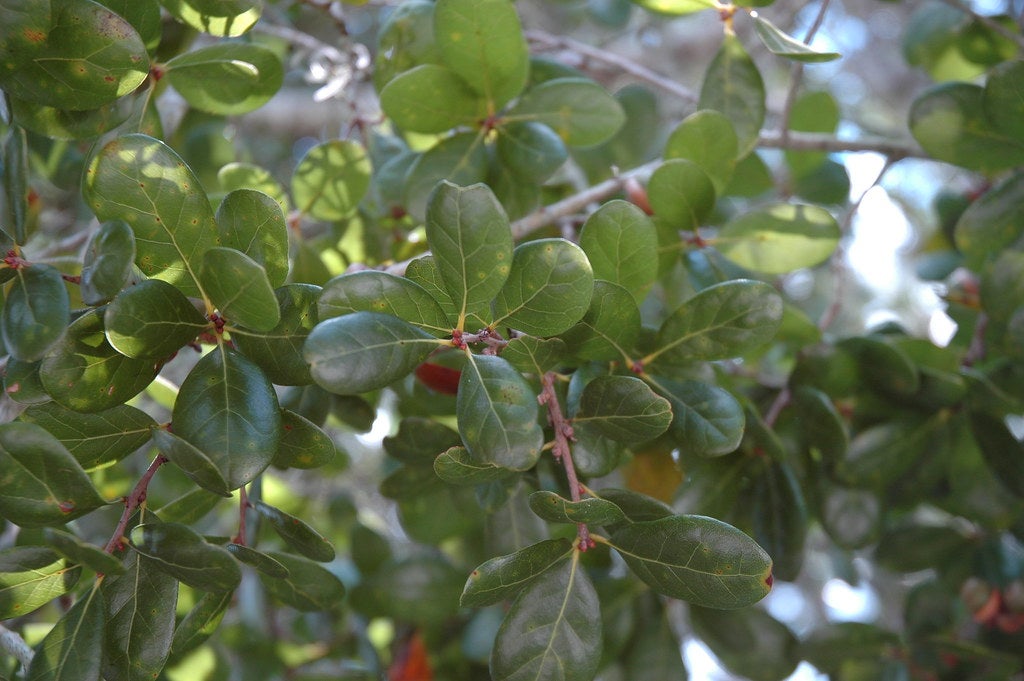
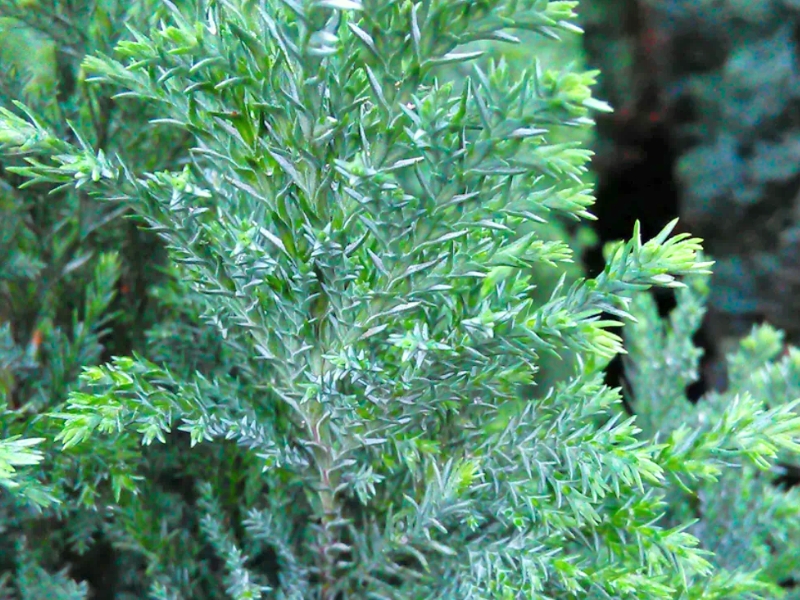

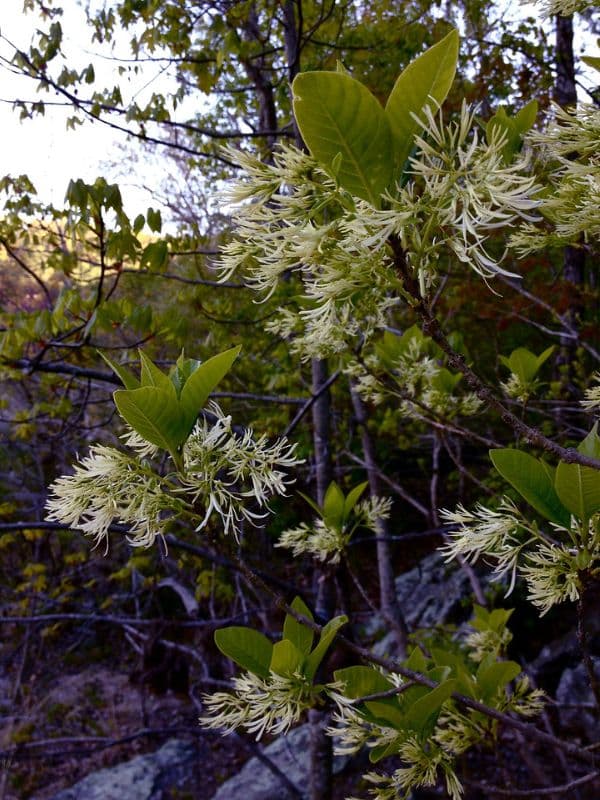
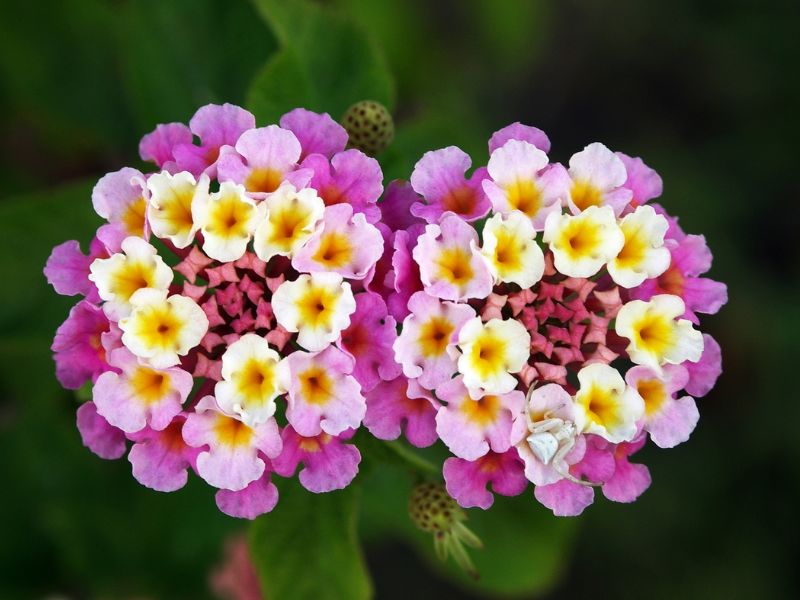
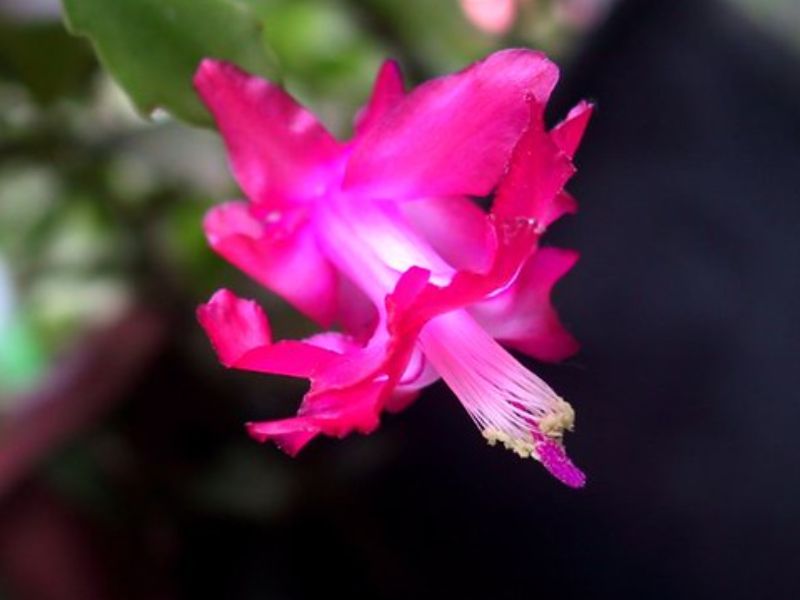
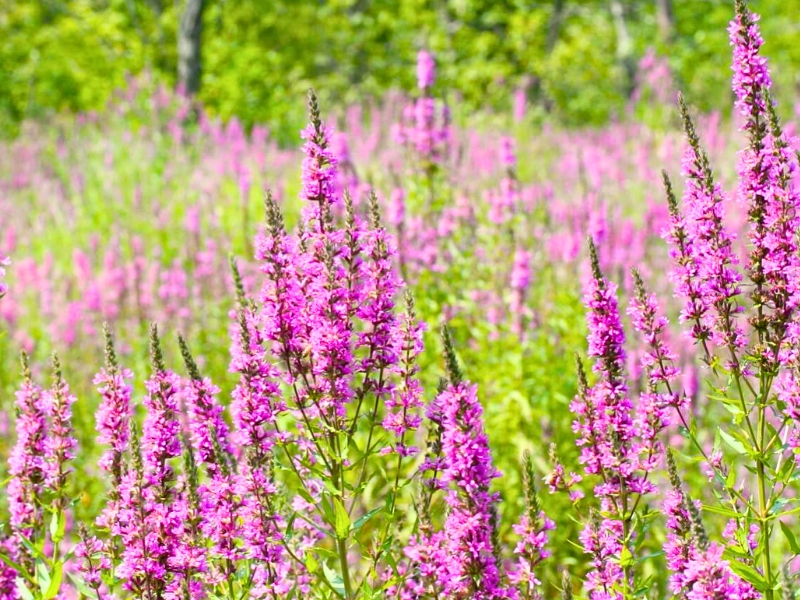
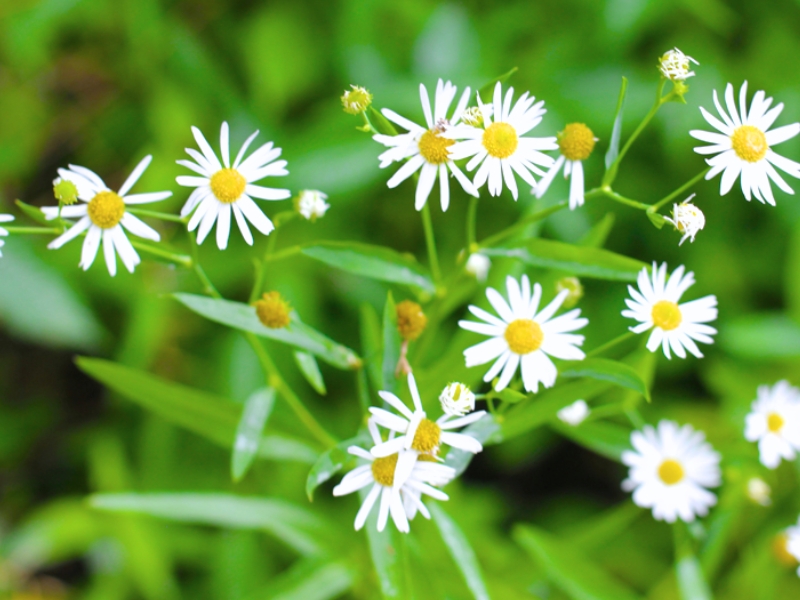
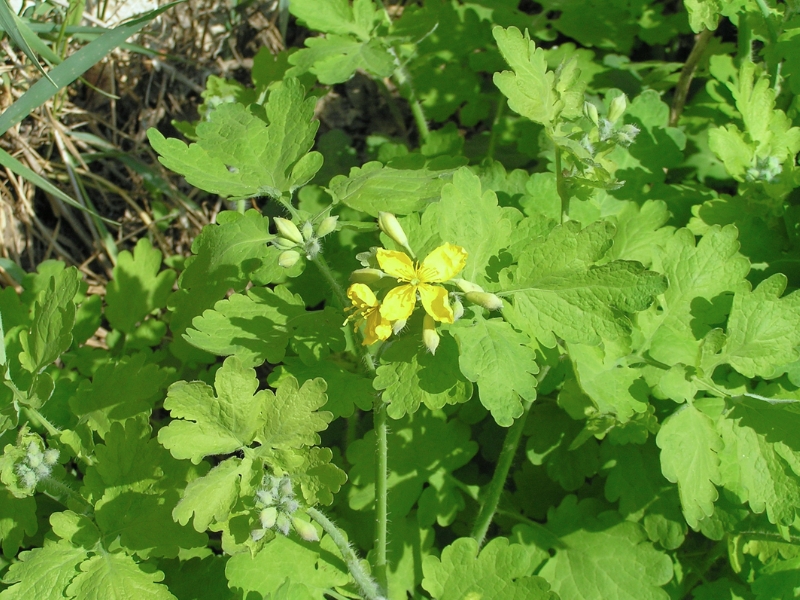
Leave a Reply